Quick Airline Information:
✈Airline IATA* code: AY
✈Airline ICAO* code: FIN ✈Founded: 1-Nov-1923 (first known as Aero O/Y)
✈Website: www.finnair.com✈Alliance: One World✈History
✈Operations and Destinations 🌍
✈Fleet ✈️
✈Photo Slide 📷✈Safety Video 🎬
✈Airline reviews ⭐
*IATA: (International Air Transport Association)
*ICAO: (International Civil Aviation Organization)
History Menu:
Finnair is one of the world’s oldest operating airlines. Since it was founded, the company has grown from a small airline to a strong and respected member of the international airline industry. Finnair, then known as Aero, was founded in 1 November 1923. In 1924, Aero received its first aircraft, a German-made Junkers F 13. The Junkers was a seaplane, it used skis in winter and floats in summer. At the time, there were no commercial airfields on land in Finland. Aero operated its flights from downtown Helsinki. The aircraft’s maiden commercial flight was to carry mail from Helsinki to Tallinn. Later it was used on flights between Helsinki and Stockholm in cooperation with the Swedish airline ABA.During its first year, Aero carried a total of 269 passengers. The seaplane service ended in December 1936 following the construction of the first aerodromes in Finland.
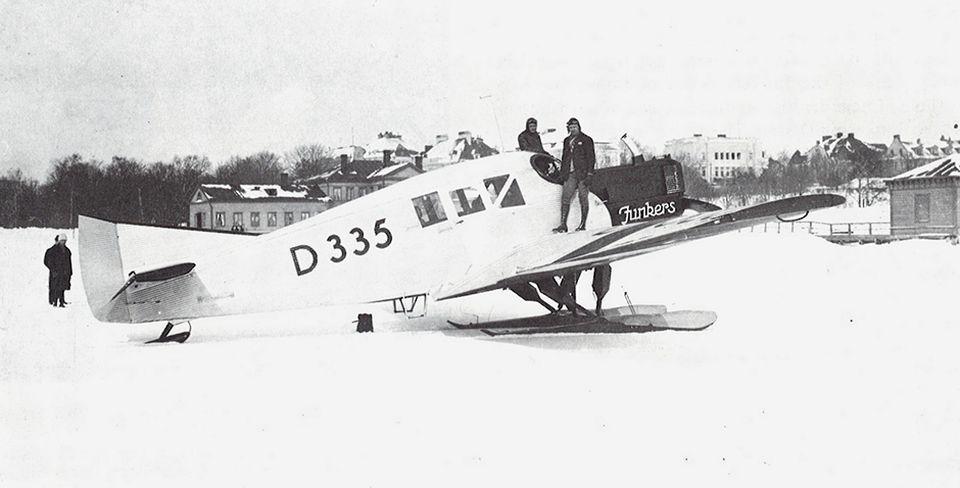
Air raids on Helsinki and other Finnish cities made World War II a difficult period for the airline. Half the fleet was requisitioned by the Finnish Air Force and it was estimated that, during the Winter War in 1939 and 1940, half of the airline's passengers from other Finnish cities were children being evacuated to Sweden. In 1941 during the Continuation war in 1941–44, Aero once again was put under military control. During that time, the airline temporarily operated from Pori.
After the war in 1946, the Finnish State acquired a majority holding in Aero, which had previously been a private company, re-established services to Europe in November 1947, initially using the Douglas DC-3.
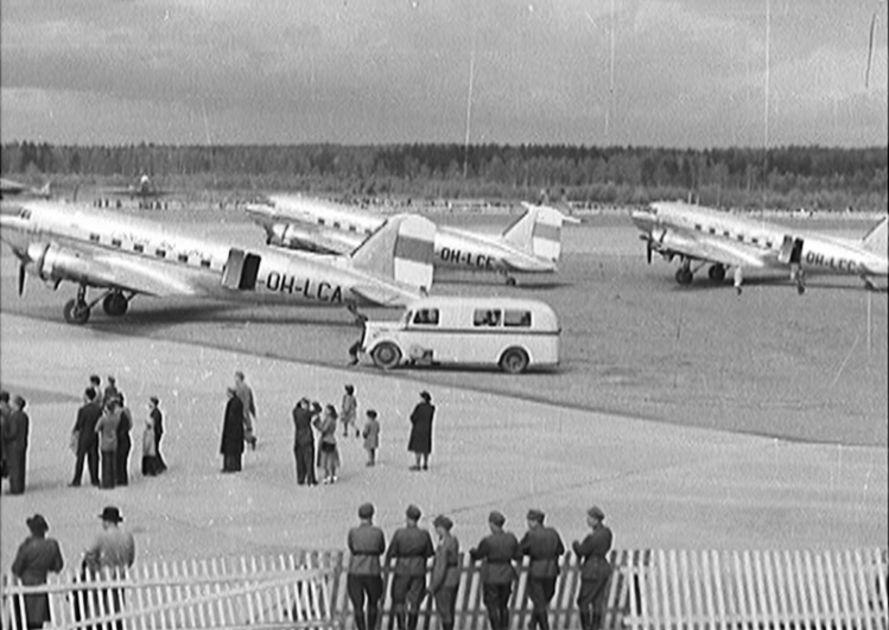
Aero started using the name Finnish Air Lines on its fleet livery in 1947.That same year, Aero also recruited its first stewardesses. At first they only flew on the domestic Helsinki–Kemi and Helsinki–Kuopio routes. In 1949 Aero became a member of IATA (the International Air Transport Association) and received its airline code AY, the same that Finnair is still using today. Aero started using the name Finnair in its marketing already in 1953, even though the official name change did not happen until 1968. The Convair 440 twin-engined pressurised airliner was acquired from January 1953 and these faster aircraft were operated on the company's longer routes as far as London. Aero opened a new route to Moscow in 1956, being the first Western airline to do so after the war.
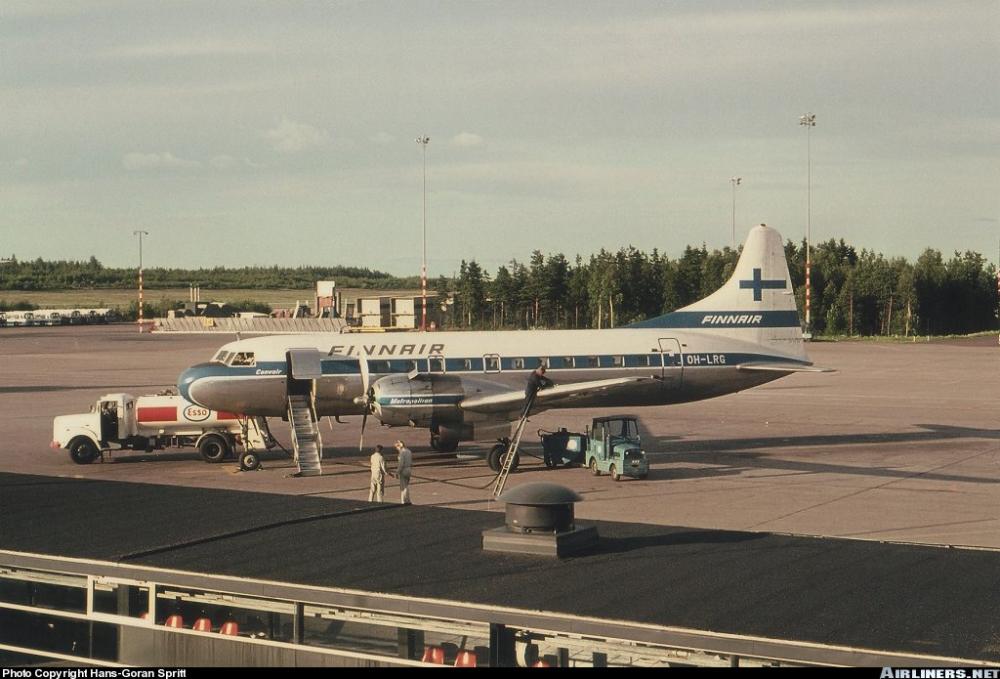
In 1961, Finnair joined the jet age by adding Caravelles to its fleet. These were later exchanged with the manufacturer for Super Caravelles. .The first jet routes were Helsinki–Copenhagen–Cologne–Frankfurt and Helsinki–Stockholm. Later the Caravelles were also used on flights to Hamburg, Amsterdam, London, Paris, Zurich and Malmö. In 1962, Finnair acquired a 27% controlling interest in a private Finnish airline, KarAir. Finnair Oy became the company's official name on 25 June 1968.
In 1968 Finnair revealed its new logo and made the name change official. Finnair flights from Helsinki to New York via Copenhagen and Amsterdam began 15 May 1969, when it took possession of its first U.S. made jet, a Douglas DC-8.
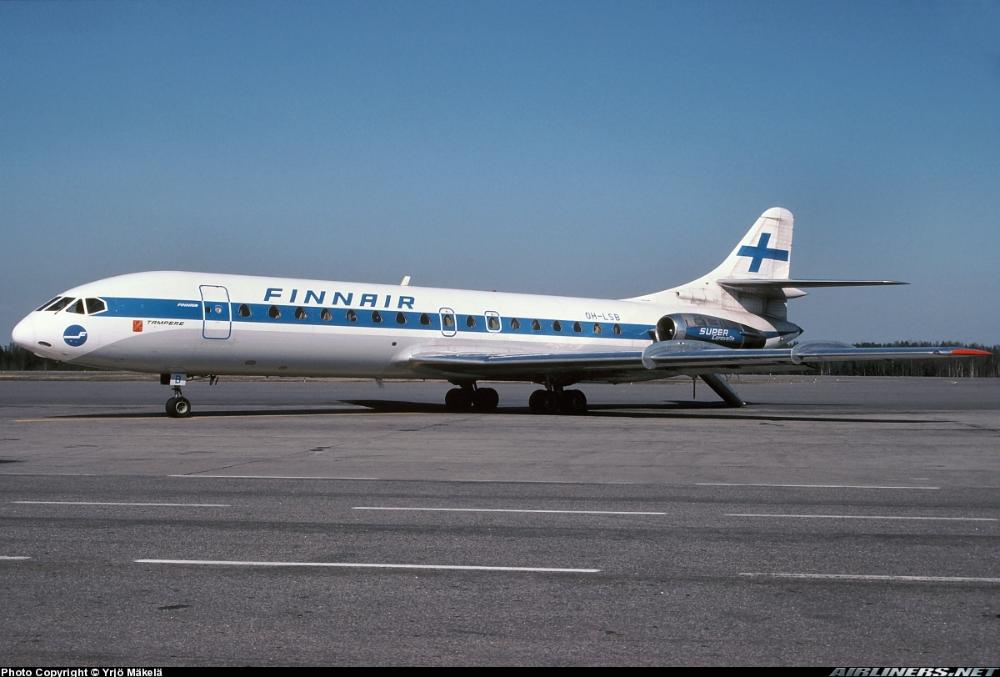
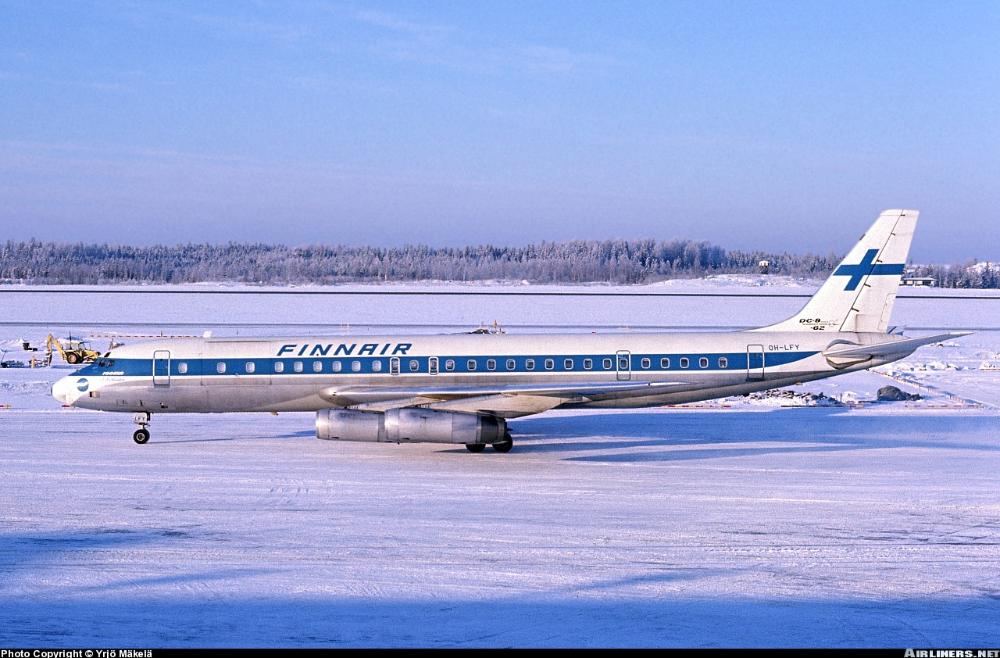
Finnair received its first wide-body aircraft in 1975, two DC-10-30 planes. The first of these arrived on 4 February 1975, and entered service on 14 February 1975, flying between Helsinki and New York, and later between Helsinki and Las Palmas.Finnair started its expansion to Asia with direct flights to Bangkok in 1976.
In 1979, Finnair established a subsidiary Finnaviation for domestic operations, with a 60% stake. In 1981, Finnair opened routes to Seattle and Los Angeles. Finnair became the first operator to fly non-stop from Western Europe to Japan operating Helsinki-Tokyo flights with a McDonnell Douglas DC-10-30ER in 1983. With extra fuel tanks on the plane, the route took passengers over the North Pole.
A Finnair aircraft flew in the livery of Santa Claus in 1984. The company would become “The Official Carrier of Santa Claus” four years later. The blue Finnair look was first introduced in one of the aircraft in 1985 and gradually extended to cover the whole fleet. Finnair was the first airline to acquire satellite telephones for its DC-10 aircraft in 1986. The same year Finnair received its first Airbus aircraft, the A300.
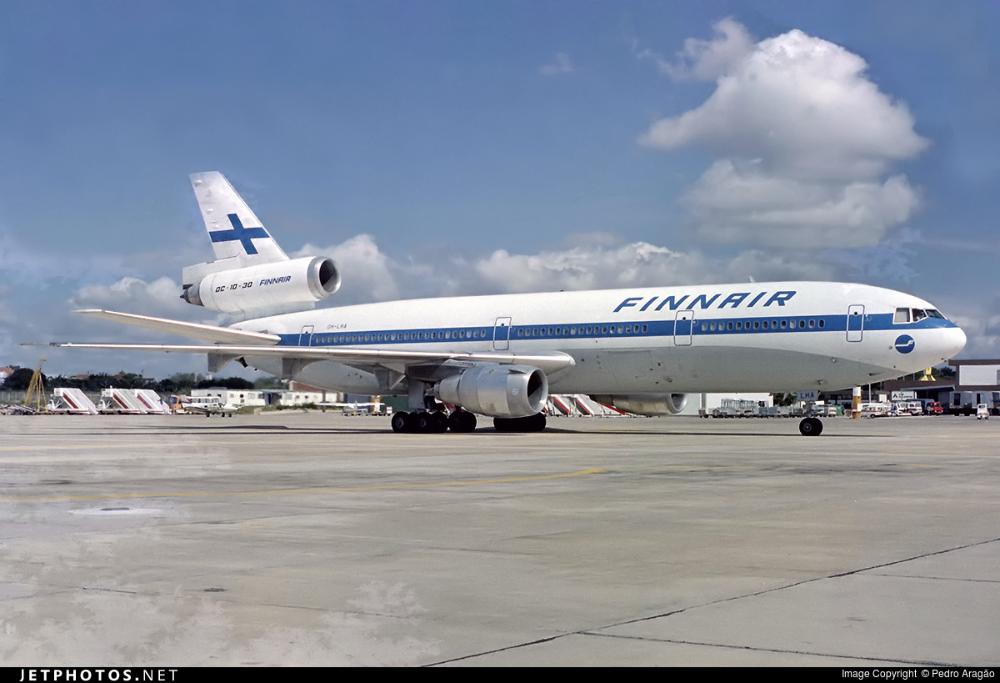
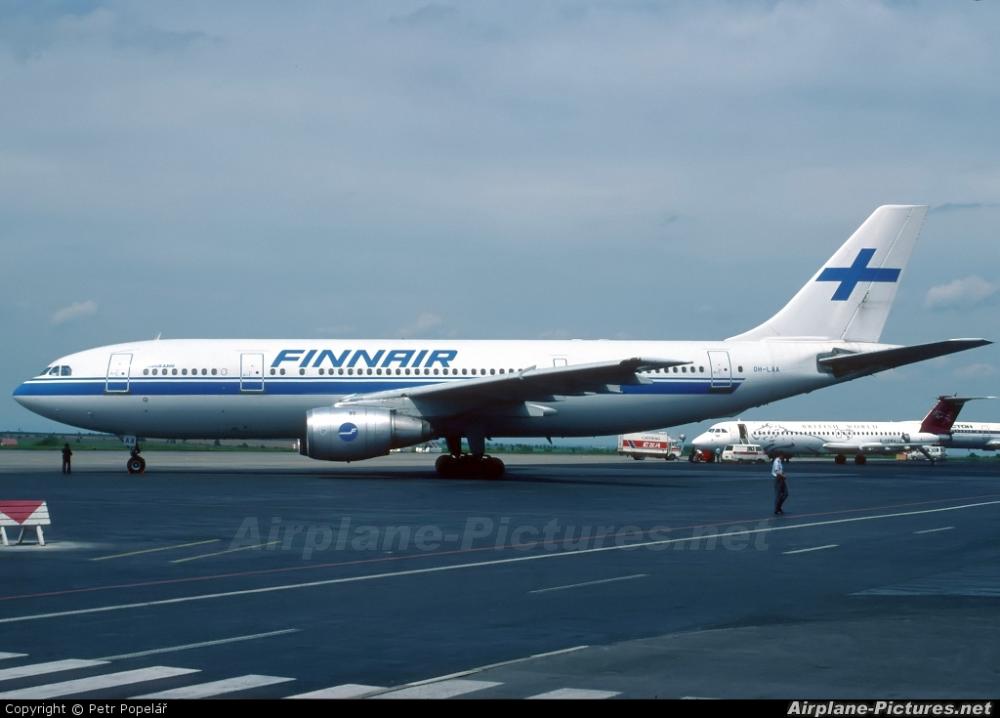
Finnair launched a Helsinki-Beijing route in 1988, making Finnair the first Western European carrier to fly non-stop between Europe and China. In 1989, Finnair became the launch customer for the McDonnell Douglas MD-11, the first of which was delivered on 7 December 1990. The first revenue service with the MD-11 took place on 20 December 1990, operating a flight from Helsinki to Tenerife in the Canary Islands.
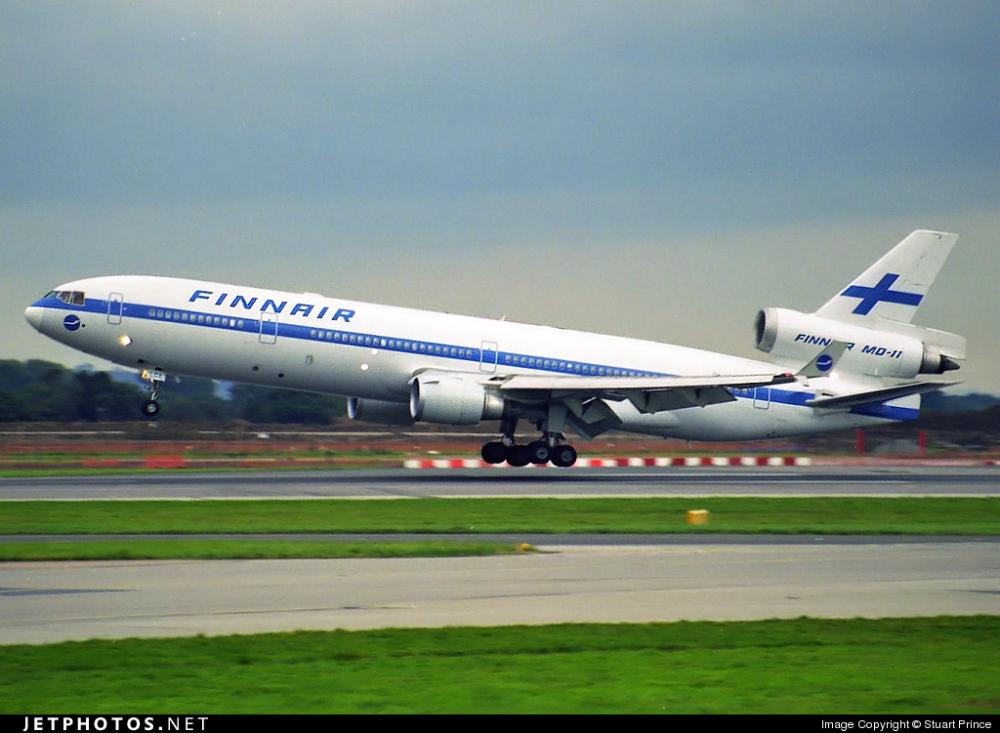
In 1997, the subsidiaries Kar-Air and Finnaviation became wholly owned by Finnair, and were integrated into the mainline operations. On 25 September 1997, the company's official name was changed to Finnair Oyj. In 1999, Finnair joined the Oneworld airline alliance. In 2001, Finnair reused the name "Aero" when establishing Aero Airlines, a subsidiary airline based in Tallinn, Estonia.
Finnair received its first narrow-body aircraft manufactured by Airbus, the Airbus A321, on 28 January 1999. The first Airbus A319 aircraft was then delivered on 20 September 1999.
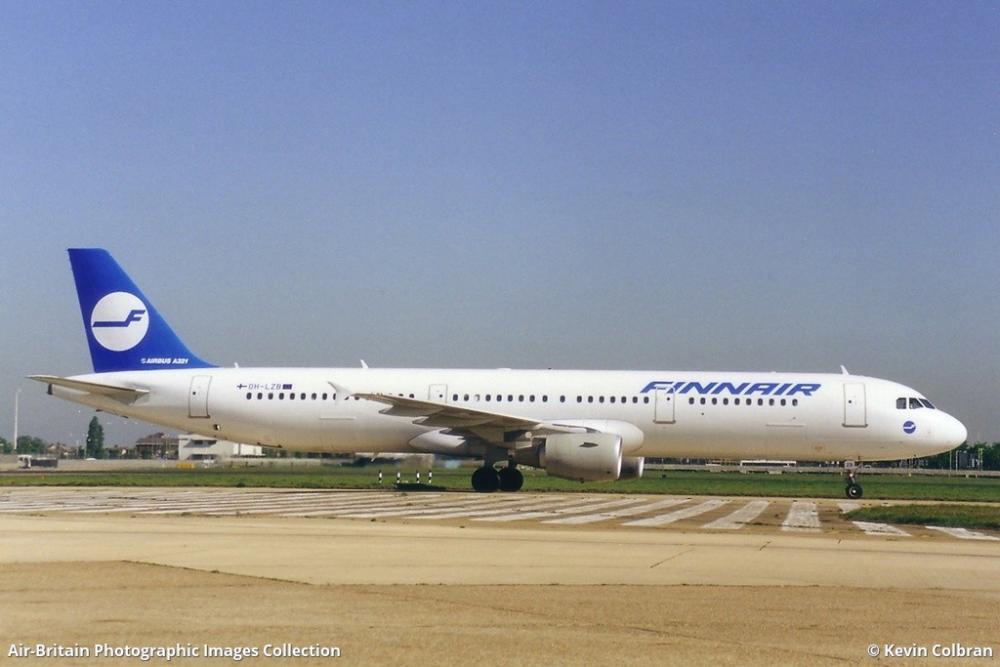
The decreasing demand for air travel after the terrorist attacks in New York on 11 September 2001 forced Finnair to take measures to cut costs and adjust capacity. More capacity was transferred to the Helsinki–Bangkok route due to the better market climate for Asian traffic. Flights to Hong Kong began in 2002 and the flight frequency to Bangkok was increased to a daily service. The Shanghai route was opened in 2003.
In 2003, Finnair acquired ownership of the Swedish low-cost airline, FlyNordic, which operated mainly within Scandinavia. In 2007, Finnair sold all its shares in FlyNordic to Norwegian Air Shuttle. In 2005, Finnair placed an order for nine Airbus A350 aircraft, it was the first airline to order the new type.
In 2006 it received it’s first wide bodied Airbus A340-300 which it used for its long haul routes. On 8 March 2007, it increased it's order for Airbus A350 aircraft, up by two more Airbus A350 XWB, with delivery to start in 2015. Finnair received its first A330-300s on 27 March 2009. The airline had eight Airbus A330-300 aircraft in the fleet which were replaced by the larger A350.
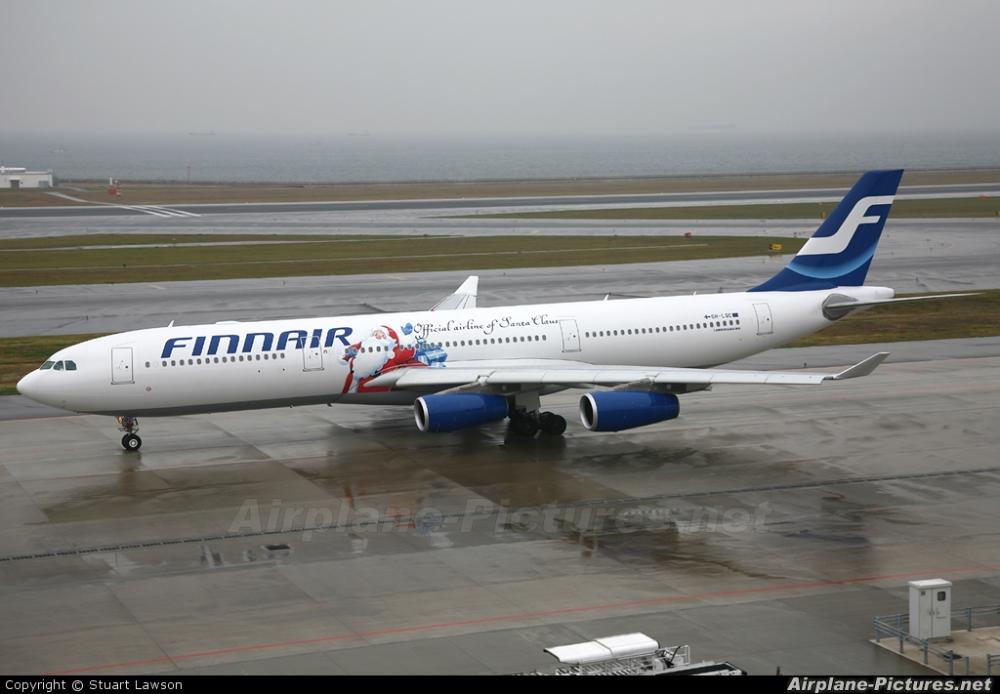
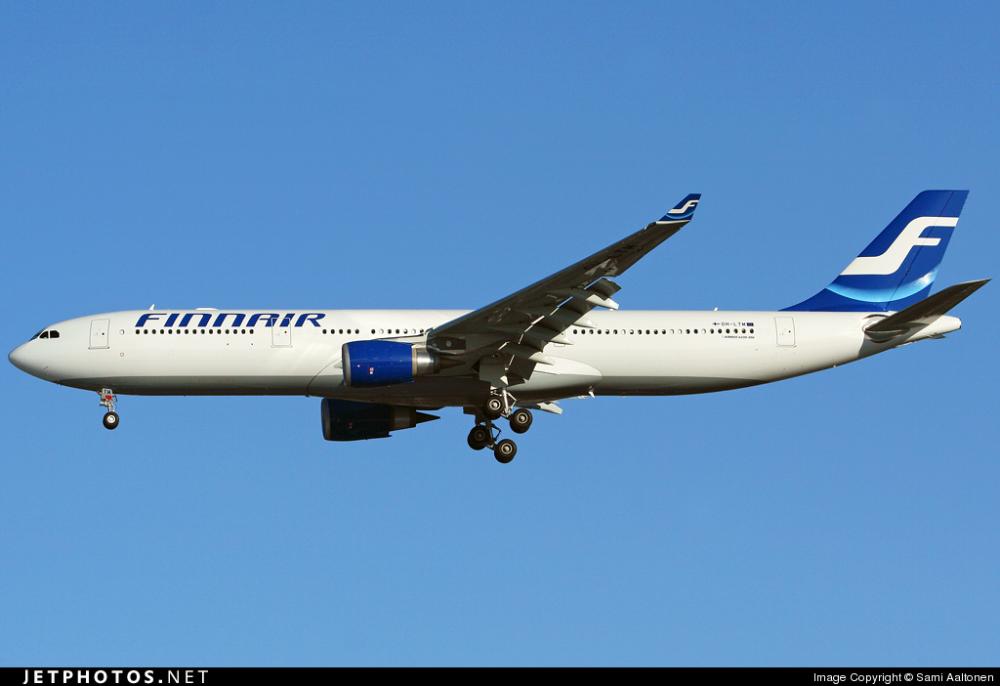
The company revealed a new livery in December 2010. Major changes include a restyled and larger lettering on the body, repainting of the engines in white, and a reversal of the colour scheme for the tail fin favouring a white background with a blue stylized logo. Finnair suffered from many labour disputes in this period, resulting from cost-cutting measures prompted by competition from budget airlines. As a result, on 1 December 2011, Finnair transferred its baggage and apron services to Swissport International as per a five-year agreement signed on 7 November 2011.
During 2011, a new direct route was opened to Singapore. Finnair was the first carrier to open a non-stop route between Europe and Chongqing in 2012. Direct flights to Hanoi and Xi’an began in 2013. Finnair took delivery of its first A350-900 XWB aircraft on 7 October 2015.
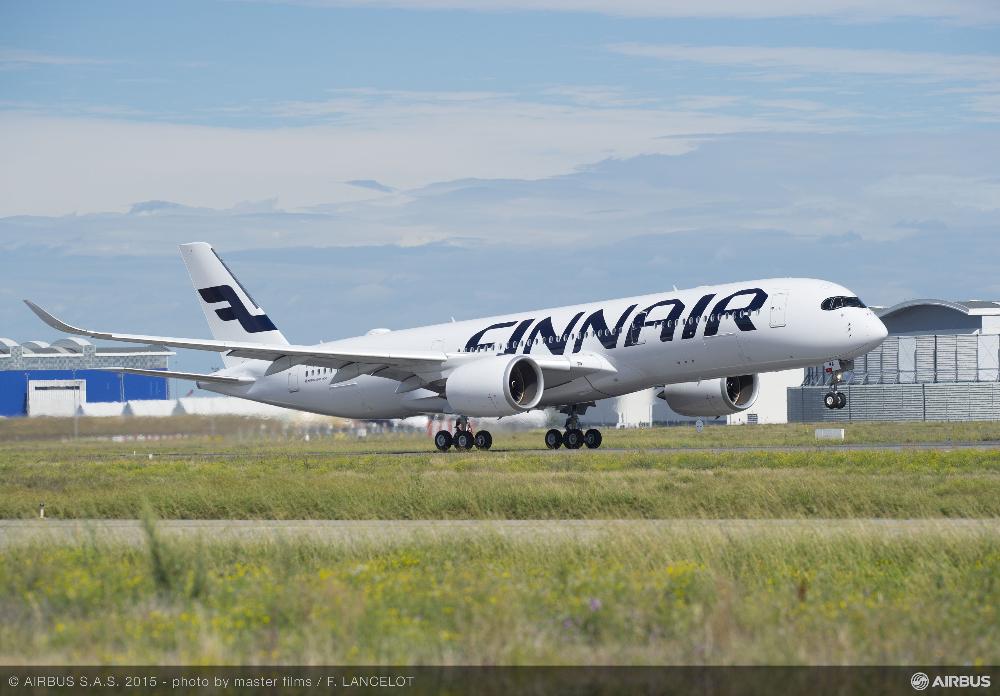
As of 1 February 2017, all Airbus A340 aircraft exited the fleet. The very last A340 operated its last flight from Tokyo to Helsinki on 1 February 2017. During 2018, the airline planned to extend its network in Asia in the future with new destinations and additional flights as well as considers adapting narrow-body aircraft on some flights to smaller Asian cities. In the United States Finnair also expanded the offering by opening new routes, like San Francisco, and additional frequencies to other cities.
As of 31 March 2018, Finnair also started flights to Los Angeles with Airbus A350 aircraft. In August 2018, Finnair announced to increase capacity in Asia, with additional frequencies to Hong Kong and to Osaka
History source: Wikipedia.org + Finnair.com
Operations and Destinations 🌍:
Finnair has its main operating base in Helsinki, Vantaa airport, where it flies to all destinations. In the last few years the airline has made its hub a major transit point for many travellers connecting to Asia, where it prides itself by offering a superior product to all its passengers. It flies to most European capitals with a total of 40 destinations in Europe alone. Within Finland it flies to 15 destinations. In total, Finnair flies from its Helsinki hub to over 130 destinations in over 40 countries in Asia, Europe and North America.
Finnair flies to the following destinations* at the time of publishing:
| Region 🗺️ | Destinations 🌍🌎🌏 |
|---|---|
| ✈Finland (domestic) | Enontekiö, Helsinki, Ivalo, Joensuu, Jyväskylä, Kajaani, Kemi/Tornio, Kittilä, Kokkola, Kuopio, Kuusamo, Mariehamn, Oulu, Rovaniemi, Tampere, Turku, Vaasa |
| ✈Europe and Russia | Alanya, Alicante, Amsterdam, Antalya, Athens, Barcelona, Bergen, Berlin, Biarritz, Billund, Bologna, Bordeaux, Brussels, Budapest, Chania, Copenhagen, Corfu, Dublin, Dubrovnik, Düsseldorf, Edinburgh, Frankfurt, Fuerteventura, Funchal, Gdańsk, Geneva, Gothenburg, Hamburg, Hanover, Heraklion, Ibiza, Innsbruck, Kaunas, Kazan, Kos, Kraków, Las Palmas, Lisbon, Ljubljana, London, London, Lyon, Madrid, Málaga, Malmö, Manchester, Menorca, Milan, Minsk, Moscow, Munich, Mytilene, Naples, Nice, Oslo, Palma de Mallorca, Paphos, Paris, Pisa, Porto, Prague, Pula, Reykjavík, Rhodes, Riga, Rome, Saint Petersburg, Salzburg, Santorini, Skiathos, Split, Stockholm, Stuttgart, Tallinn, Tartu, Tenerife (North and South), Tromsø, Umeå, Valletta, Venice, Verona, Vienna, Vilnius, Visby, Warsaw, Yekaterinburg, Zürich |
| ✈Asia | Astana, Bangkok, Beijing, Chongqing, Delhi, Fukuoka, Goa, Guangzhou, Ho Chi Minh City, Hong Kong, Krabi, Nagoya, Nanjing, Osaka, Phuket, Seoul, Shanghai, Singapore, Tokyo, Xi'an |
| ✈North and Central America | Chicago, Havana, Los Angeles, Miami, New York City, Puerto Plata, Puerto Vallarta, San Francisco. |
| ✈ Africa and the Middle East | Hurghada , Eilat, Tel Aviv, Dubai |
*Destination list is for reference only. Please check directly with the airline for updates.
*Note some destinations are only seasonal.*Correct info as of Nov 2018.
Fleet ✈️:
Finnair operates one the most modern and advanced fleets in Europe. It consists entirely of Airbus aircraft with the addition of Embraer and ATR turboprop aircraft for domestic and regional routes, flown by Norra. (Nordic Regonal Airlines).
Below is the fleet* flown by Finnair:
| Network 🌐 | Aircraft ✈️ |
|---|---|
| ✈Short haul and Regional | Embraer 190, ATR 72-500 |
| ✈Short and Medium haul | Airbus A319, A320, A321, A330, A350 (for high demand and cargo) |
| ✈Long haul | Airbus A330, A350 |
*Correct fleet info as of Nov 2018.
Finnair Photo Slide 📷:
Finnair Safety Video (A350-900) 🎬:
Reviews ⭐:
 |  |
|---|---|
| ✅Quality airline and service | 👎Ticket prices can be often expensive. |
| ✅Convenient from Europe and connecting to Asia. | 👎 No meals or snacks served on regional and short haul routes. (Economy) |
| ✅Ease of transit in Helsinki Airport. | 👎 Long Haul flights, seat selection restricted at check-in (on-line). (pay for seat) |
| ✅Comfortable seating on board it's planes. | |
| ✅Free online check-in and seat selection up to 36H before flight | |
| ✅Drinks are free of charge on all flights (coffee, tea, water and juice only) | |
| ✅Member of the One World Alliance for millage redemption. | |
| ✅Modern aircraft used on all routes. |

.png)










.png)